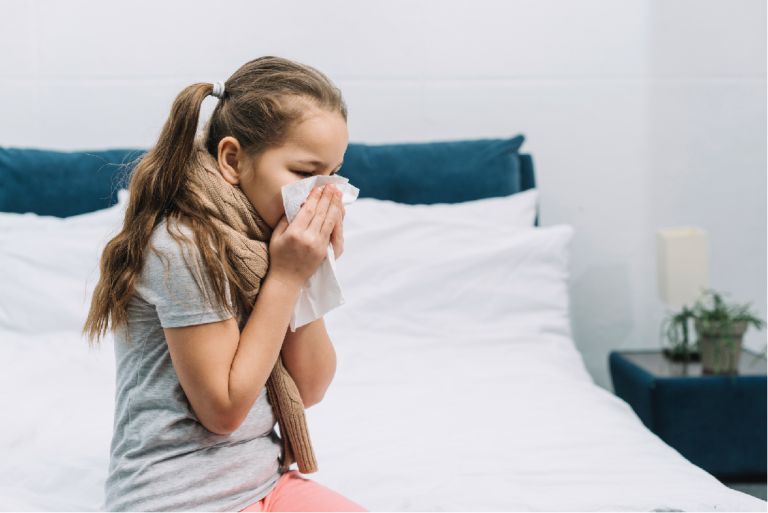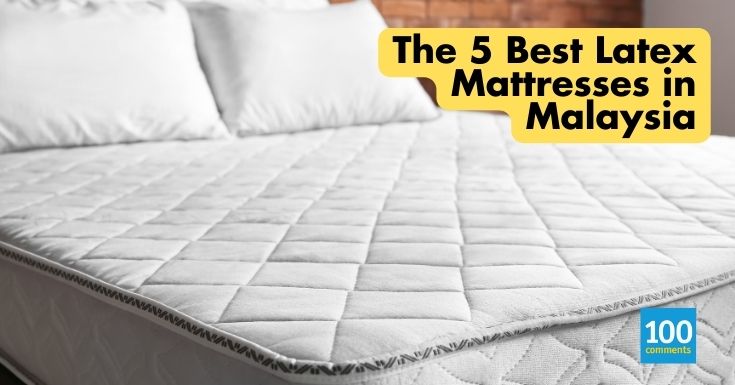How To Keep Non-Food Allergies At Bay
Growing up with allergies can take a toll on a child. There can be endless sneezing, runny nostrils, red, watery eyes, and even skin rashes to endure. That’s not the kind of life anyone would want for their children, that’s for sure. Is there anything parents can do to ensure that their kids grow up allergy-free? Well, that remains to be seen, but one thing’s for sure – there are ways you can minimise the chances of your child developing an allergy, and here are some suggestions.
Carpets – a Haven for Nasty Lil’ Things
There is something about carpets that gives us that fost, comfy feeling. It also lends a luxurious feel to a room, doesn’t it? But did you know that most carpets, unless they happen to be meticulously cleaned every day, are a haven for dust mites? If you really want to use one, keep in mind that it should not be placed in a child’s bedroom, where they spend lots of time in, including eight-plus hours a night.
Note too, that if it’s been installed over concrete, carpeting can interfere with the evaporation of moisture, which also contributes to dust mites and mold, according to James L. Sublett, M.D., chair of the American College of Allergy, Asthma and Immunology (ACAAI) Indoor Environment Committee. These common allergens thrive in high levels of humidity. If you’re looking to prevent allergies in your child, it’s best to opt for bare floors or area rugs, which are much easier to keep clean.
Pets and Kids Should Not Be Sleeping Nearby Each Other
And by that, we mean in different rooms or areas of the house. As much as your kids would love to cuddle up with their furry friend, experts urge to skip it. What your kids actually are doing is snuggling up with fur, dander—dried skin, hair, and saliva—which are allergens to so many kids with household pets and parents do not even realise it! These can cause sniffles even in kids who aren’t highly allergic. What’s the difference between an allergy and a cold? It’s a good bet your child is allergic to your pet if he or she sneezes and has a runny nose for three weeks or more, and this is according to William Calhoun, M.D., director of allergy, pulmonary, immunology, critical care and sleep at the University of Texas Medical Branch at Galveston.
Check Your House Plants
As much as your indoor plants cheer up the living room and make it look fresh and inviting, if your child has symptoms of allergies, it may be a good idea to put them outside. That’s because houseplants can be surprisingly irritating. The culprit is mold spores that live in the warm and wet dirt, according to Allen Seiden, M.D., professor of otolaryngology at the University of Cincinnati. If you really must have some in your home, avoid overwatering them to keep mold away. Also, watch out for leaves that seem to be rotting, for it that can be a sign of overwatering or disease. FYI: Fake or silk plants aren’t good substitutes, for they collect dust like crazy.
Switch on the air conditioner
It may sound counterintuitive, but running your air conditioner may benefit allergy sufferers by reducing the humidity in the house – Heather Solos, author of Home-Ec 101: Skills for Everyday Living.
Upkeep Your Bathroom Cleanliness
If you don’t already know, that green stuff that forms in your bathtub gives off spores that get sent into the air. The result: sneezing, wheezing, and other allergic reactions. Scrubbing the tub with a combo of one cup of lemon juice and two tablespoons of baking soda (or use and organic bathroom cleaners) will remove the mildew. Don’t forget to look elsewhere, too. For example: the bottom of the bathmat you step on every day when exiting the shower can be a culprit. Being constantly damp, it can encourage mildew. After using, hang the bathmat over the shower rod to let it dry, and wash it weekly.
No Shoes Inside the House
Your family’s footwear could be what’s tracking pollutants, allergens, and toxins into your home, says Myron Wentz, Ph.D., a microbiologist and author of The Healthy Home. If you can’t leave them outside, get family members to wipe their shoes briskly on a mat and then place them in a closed shoe cupboard. If your kid has a bad allergy, consider getting him to change his clothes when he gets back from an outing – don’t forget to immediately place the used clothing into a closed laundry bin.
Those soft toys may need a bath
It’s highly likely that your children’s teddy bears (and all of their other “friends”) harbor millions of allergy-producing dust mites. Ditch the mites by washing your child’s stuffed animals weekly in really hot water.
What Could Be Hiding In Your Upholstery
If allergies plague your household, it might be time to ditch the upholstered furniture in favor of leather, or even wood. When you have upholstered furniture, skin cells, animal dander, and dust can easily get trapped in the fibers. Cleanup bonus: Leather, wood and vinyl furniture is easily spiffed up with a quick wiping using a damp cloth. If replacing your furniture isn’t in the cards, ditch the fluffy throws and pillows (also dust-mite catchers) and keep dust-catching knick-knacks to a minimum.
Your Vacuum Cleaner, Your Best Friend!
Apparently, not all vacuums are created equal. Your best bet will be a vacuum with a HEPA-rated filter. These filters prevent the vacuum from spewing the same dust back into the air. Also, regardless of whether the vacuum has a bag, it should be emptied well before the full mark, (obviously by a family member who does not have allergies!). When in doubt, use a dust mask to complete this task to avoid a sneezing bout.
Air Out New Purchases
That new computer or TV you’ve just bought may emit chemical fumes that can trigger or worsen allergies, causing runny noses and itchy eyes. New furnishings, rugs, and certain paints can release volatile organic compounds (VOCs) into the air, which end up irritating your airways. “Most of these irritants will fade over time. However, Victor Gonzalez-Maertens, a certified indoor environmentalist advice to take these products out of their packaging and allow them to air out in a garage or a well-ventilated space before you bring them into your home.





















Leave a comment